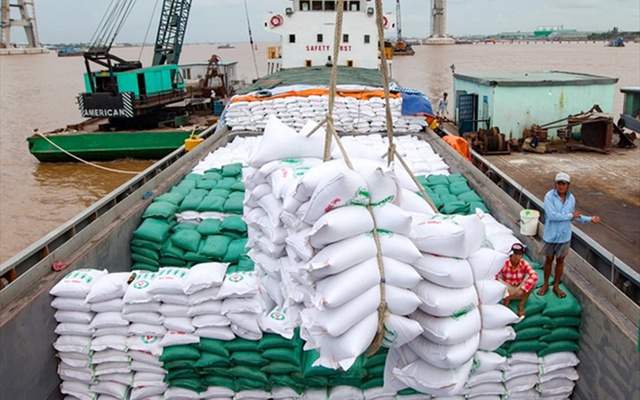Rice exports up nearly 36% in value during Jan-Sept
VGP - Viet Nam exported 6.42 million tons of rice over the first nine months of 2023, gaining US$3.54 billion, up 19.5 percent in volume and 35.9 percent in value against the same period last year.

The Philippines remained the biggest importer of Viet Nam's rice with US$1.29 billion, up 13 percent in the reviewed period, according to the General Department of Customs.
It was followed by China (US$495.8 million, up 55.2 percent), and Indonesia (US$462.6 million, up 1,796 percent).
Noticeablly, rice exports to Turkey and Chile soared by up 10,608 percent and 2,291 percent year-on-year
Viet Nam's average rice export price in the last nine months was at US$553 per ton, up 14 percent from the same period last year.
Earlier, in a directive issued in August, Prime Minister Pham Minh Chinh requested relevant ministries, localities and national food corporations to ensure national food security in all situations and promote sustainable rice production and export.
The Government chief tasked subbordinate levels to keep a close watch on market developments and make an in-depth analysis of the impact of market fluctuations to promptly come up with response plans, stabilize the domestic rice market and crack down on illegal profiteering that intentionally destabilizes the market and reputation of Vietnamese rice.
The move came as rice prices have skyrocketed in the global market in recent times after India, Russia and the United Arab Emirates issued a ban or a cut on rice exports.
According to the Ministry of Agriculture and Rural Development (MARD), Viet Nam's rice production in 2023 is expected to reach from 43.2 to 43.4 million tons, up 1.8-2 per cent compared to 2022.
The rice output in the first seven months of 2023 reached over 24.1 million tons, up 0.4 per cent.
Viet Nam set goal to export about 7.5 million tons of rice in 2023./.
